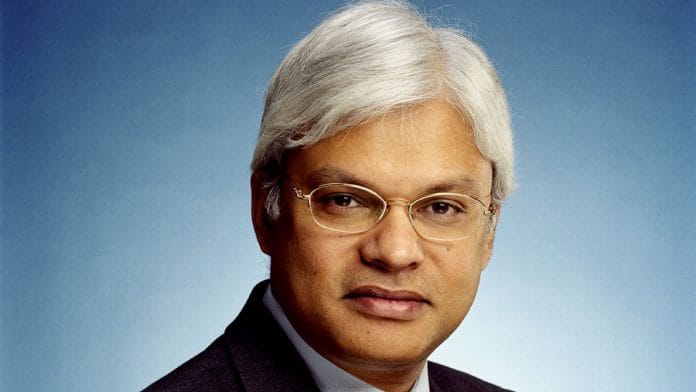New Delhi: The sale of BrahMos missiles is a remarkable contribution to the security of the Philippines, but the country is not yet fully equipped to start operating it, said Tata Chair for Strategic Affairs and a senior fellow at the Carnegie Endowment for International Peace, Ashley Tellis.
At the two-day CUTS International event in New Delhi, Tellis noted the Philippines did not yet have the C4ISR capabilities to use the BrahMos missiles “effectively”.
C4ISR stands for Command, Control, Communications, Computers (C4) Intelligence, Surveillance and Reconnaissance (ISR), which provide enhanced situational awareness.
Tellis added that if a country did not have C4ISR capability, having the missile was a “wonderful symbol but not of much operational use.”
The former senior adviser to the US state department further said that America could help. “But we want to avoid situations where we are doing post-facto remediation. What we want to do is premeditated cooperation. And so when we pursue initiatives of this kind, it is useful for the partners to talk to one another.”
He said while the US and India were assisting others, it was not a compulsion for any country to choose the two over China. “It is simply the opportunity for us to offer a better alternative to what the Chinese are putting on the ground. And this is where the United States and India can really make a huge difference.”
Tellis also said that India and the US needed to work together to provide strategic alternatives to Chinese power throughout the Indo-Pacific. “And when I say this, I’m very cognizant of one important reality, the contestation with China will not be a zero-sum game.”
He added that the US was deeply linked with China. It has a $700 billion trade relationship with China. The trade relationship with China is the biggest relationship the United States has with a country with whom it does not share borders, he informed.
Tellis said the same was true even for India. “This means that our engagement with third parties is going to require a lot more sophistication and a lot more subtlety. If we think of this competition in zero sum terms, we will force countries into the awkward position of having to make choices which they do not want to make.”
Opportunity for India-US
Tellis said there was a “tremendous opportunity” for the United States and India to help each other based on the principles of comparative advantage. He was of the opinion that while India had certain strengths, the US had certain strengths too.
“Because we have managed to climb the cliffs of the past, we have a chance now to make a goal and produce something that will be a lasting legacy that enhances the security of all the countries.”
He added the two countries needed to move beyond the vision that licences remained the critical constraints to what they could achieve. “It’s not that we’ve sorted the licensing now. But today, the presumption of the United States is that we will be forward-leaning on licence requests that come from India.”
Tellis said India must create enabling conditions for US original equipment manufacturers (OEMs) to come to India and set up shop and work with their partners here.
Tellis flagged several areas where India and the US needed to think about the contributions the two countries could make. First, he said, was trade. “It is disastrous in my view for the United States and India to be turning inwards on trade today, at exactly the time that the Chinese are doubling down on outward looking trade strategies. You cannot win the Indo-Pacific if the only willing partner in the trading regime is China.”
India has a strategy of increasing tariffs and the United States has a strategy of running away from trade deals, he said.
Second was physical infrastructure. Tellis said the Chinese have put billions of dollars into physical infrastructure. “We have been unable to compete because we’ve never thought of it as a priority.”
He then highlighted other areas such as public health where India had an enormous capacity to contribute. Covid, he said, was a testament to this. He pointed out that food security, energy transition, carbon transition and green transition were among other ideas that the two countries could cooperate on. “This is our opportunity to bring these technologies essentially to the global South and in the Indo-Pacific.”
Tellis also pointed out that women’s empowerment was another crucial area where India and the US could work together. “We care about women’s empowerment because it is 50 percent of the population in any given country. And as democratic states, we do not want to leave half our population behind.”
(Edited by Tikli Basu)
Also read: India’s indigenous light tank ‘Zorawar’ unveiled, fastest product development by DRDO, L&T






